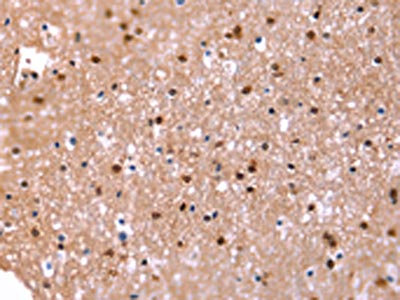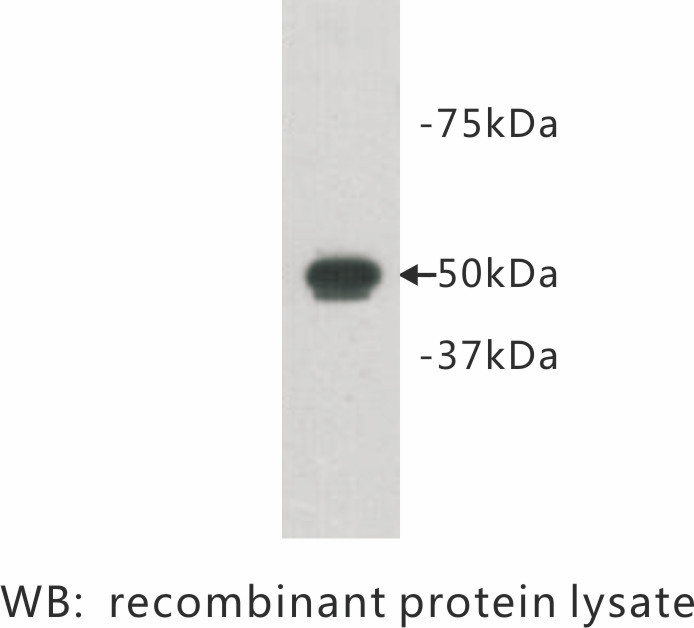
The image on the left is immunohistochemistry of paraffin-embedded Human brain tissue using CSB-PA068354(FAT1 Antibody) at dilution 1/20, on the right is treated with synthetic peptide. (Original magnification: x200)
FAT1 Antibody
CSB-PA068354
ApplicationsELISA, ImmunoHistoChemistry
Product group Antibodies
ReactivityHuman
TargetFAT1
Overview
- SupplierCusabio
- Product NameFAT1 Antibody
- Delivery Days Customer20
- ApplicationsELISA, ImmunoHistoChemistry
- CertificationResearch Use Only
- ClonalityPolyclonal
- ConjugateUnconjugated
- Gene ID2195
- Target nameFAT1
- Target descriptionFAT atypical cadherin 1
- Target synonymsCDHF7, CDHR8, FAT, ME5, hFat1, protocadherin Fat 1, FAT tumor suppressor 1, cadherin ME5, cadherin family member 7, cadherin-related family member 8, cadherin-related tumor suppressor homolog, protein fat homolog
- HostRabbit
- IsotypeIgG
- Protein IDQ14517
- Protein NameProtocadherin Fat 1
- Scientific DescriptionThis gene is an ortholog of the Drosophila fat gene, which encodes a tumor suppressor essential for controlling cell proliferation during Drosophila development. The gene product is a member of the cadherin superfamily, a group of integral membrane proteins characterized by the presence of cadherin-type repeats. In addition to containing 34 tandem cadherin-type repeats, the gene product has five epidermal growth factor (EGF)-like repeats and one laminin A-G domain. This gene is expressed at high levels in a number of fetal epithelia. Its product probably functions as an adhesion molecule and/or signaling receptor, and is likely to be important in developmental processes and cell communication. Transcript variants derived from alternative splicing and/or alternative promoter usage exist, but they have not been fully described.
- ReactivityHuman
- Storage Instruction-20°C or -80°C
- UNSPSC41116161






